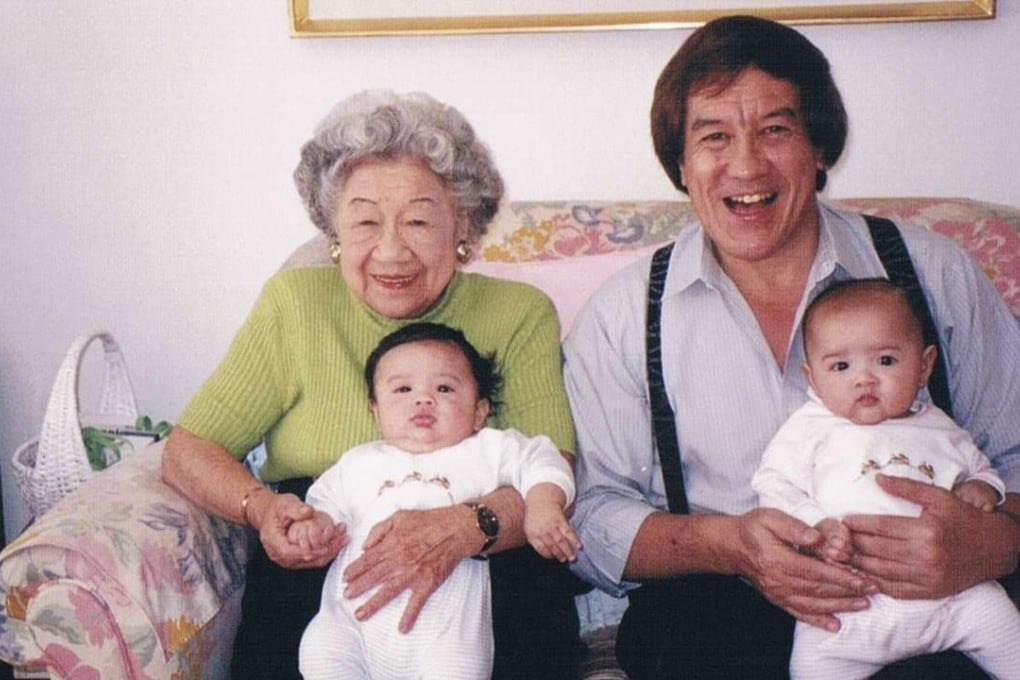The Hong Kong half-brother I never knew, and the life I owe him
‘You were two sons rolled into one,’ his mother told Ian Gill the first time they visited his half-brother's grave in Stanley Military Cemetery. But for little Brian's death in 1944, the author might never have been conceived at the nearby internment camp

His grave is near the top of a short hill in Hong Kong’s Stanley Military Cemetery, and each time I make the climb, as I have done many times over the decades, my breathing is a little heavier. The inscription on the tiny tombstone is simple: “Brian Gill 31 July 1940 – 9 May 1944 R.I.P.”
It gives no hint of the shock that his untimely death caused in a Japanese civilian prison camp on a summer’s day 15 months before the end of the second world war in Asia.

Brian was my older half-brother. On occasions such as Remembrance Day, I acknowledge my great debt to him. Our story is a poignant echo of the tribute we often pay to the war dead: “They died that we might live.”
Brian Patrick Hirst Gill was 16 months old when the Japanese attacked Hong Kong, on December 8, 1941. His mother, Louise Mary “Billie” Gill, a petite woman with abundant energy, was then working with the Chinese Government Information Office on Hong Kong Island.

Her husband, Arthur Robert Hirst “Paddy” Gill, an Irish warrant officer with the British army, had been transferred with his regiment to England between March and April 1940. Their brief marriage had not gone well and, as he left, Paddy had told Billie not to follow him.